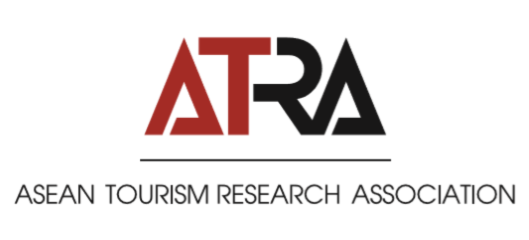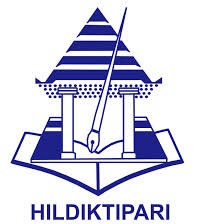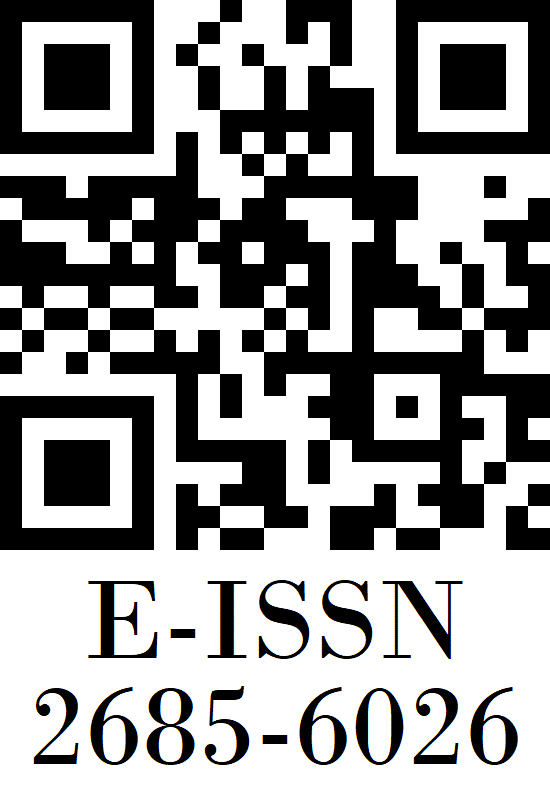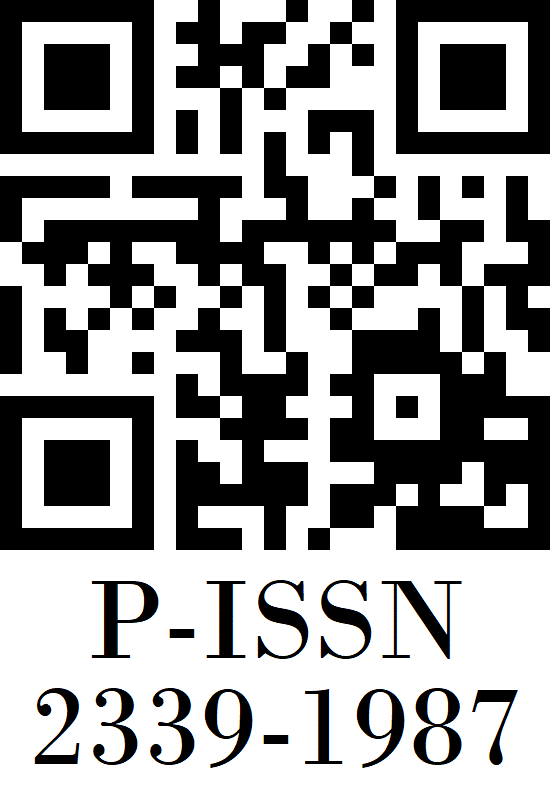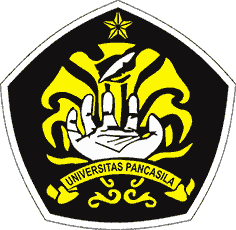ANALISIS SEGMEN PASAR WISATAWAN KELUARGA DI SAUNG ELING, KOTA BOGOR
DOI:
https://doi.org/10.35814/tourism.v10i1.3128Keywords:
market segmen, family tourist, Saung ElingAbstract
This study aims to analyze the phenomenon of family tourism and to identify the strategies carried out by the Saung Eling manager in dealing with the family tourist market segment. Saung Eling is located in Kampung Lembur Sawah, Kelurahan Mulyaharja, Bogor City. The research method used is a qualitative research method with a phenomenological analysis approach. The information collection technique used are interviews, observations, and documentation of the tourist area, managers, and workers of Saung Eling. Results of the research shows that there is a family tourist phenomenon in the Saung Eling. This is proven by the increase number of family tourist visits to Saung Eling, as well as the number of revisit intentions of more than 10 times by family tourists. In addition, the strategies carried out by the manager of Saung Eling are; in terms of accessibility, the manager of Saung Eling makes it easier for tourists by directly picking up tour groups at points that are easily accessible to tourists. There are directions to Saung Eling also placed at several crossroads. In terms of attractions, Saung Eling provides two main attractions, namely culinary tourism and nature tourism. Culinary at Saung Eling also features local specialties, such as pala squash and nasi liwetan. Meanwhile, nature tourism is packaged in the form of tour packages around the village by utilizing a beautiful rural atmosphere and local wisdom that still emphasizes Sundanese culture. Apart from tour packages. Saung Eling also provides supporting facilities such as parking lots, CHSE, prayer rooms, toilets, and homestays (both in the house that has been prepared as a homestay or at the Saung Eling homestay).
References
Creswell, Jhon. W. (2019). Reseacrh design, pendekatan metode kualiatif, kunatitatif, dan campuran edisi iv. Pustaka Pelajar. Yogyakarta.
Damanik, Janianton. (2017). Pariwisata Indonesia antara peluang dan tantangan. Penerbit Pustaka Pelajar, Yogyakarta.
Elliott, J. (2010). Linking familiy feisure and family function: A literature review. 2, 1–41.
Hardianto, W. T., Emelia, E., & Chornelia W, R. M. (2021). Strategi pengelolaan pariwisata di masa covid-19 (studi di Wisata Taman Dolan, Desa Pandanrejo, Kota Batu). Jurnal Ilmiah Manajemen Publik Dan Kebijakan Sosial, 5(1), 38–52. https://doi.org/10.25139/jmnegara.v5i1.3144
Horna, J. L. A. (1989). The leisure component of the parental role. Journal of Leisure Research, 21(3), 228–241. https://doi.org/10.1080/00222216.1989.11969801
Ingkadijaya, R., Damanik, J., Putra, H. S. A., & Nopirin. (2015). Motif wisata keluarga di Kota Bogor. Jurnal Kepariwisataan, 9(2), 33–42.
Larsen, J. R. K. (2013). Family flow: the pleasures of “being together” in a holiday home. Scandinavian Journal of Hospitality and Tourism, 13(3), 153–174. https://doi.org/10.1080/15022250.2013.808523
Minnaert, L., Maitland, R., & Miller, G. (2009). Tourism and social policy. the value of social tourism. Annals of Tourism Research, 36(2), 316–334. https://doi.org/10.1016/j.annals.2009.01.002
Mukhsin, D. (2015). Strategi pengembangan pawasan pariwisata Gunung Galunggung (studi kasus Kecamatan Sukaratu Kabupaten Tasikmalaya). Jurnal Perencanaa Wilayah Dan Kota, 14(1), 1–11. https://media.neliti.com/media/publications/124469-ID-strategi-pengembangan-kawasan-pariwisata.pdf
Nickerson, N. P., & Jurowski, C. (2001). The influence of children on vacation travel patterns. Journal of Vacation Marketing, 7(1), 19–30. https://doi.org/10.1177/135676670100700102
Ning, W. (2017). Rethinking authenticity in tourism experience. The Political Nature of Cultural Heritage and Tourism: Critical Essays, Volume Three, 26(2), 469–490. https://doi.org/10.4324/9781315237749-27
Schänzel, H. A. (2013). The importance of ’ social ’ in family tourism the importance of ‘ social ’ in family tourism. Asia-Pacific Journal of Innovation in Hospitality and Tourism, 2(1), 1–15.
Schänzel, H. A., & Yeoman, I. (2015). Trends in family tourism. Journal of Tourism Futures, 1(2), 141–147. https://doi.org/10.1108/JTF-12-2014-0006
Schänzel, H., Yeoman, I., & Backer, E. (2012). Family tourism: Multidisciplinary perspectives. Family Tourism: Multidisciplinary Perspectives, February 2013, 1–200. https://doi.org/10.1080/14766825.2012.750027
Shaw, S. M., Havitz, M. E., & Delemere, F. M. (2008). “I decided to invest in my kids’’ memories": Family vacations, memories, and the social construction of the family.” Tourism, Culture and Communication, 8(1), 13–26. https://doi.org/10.3727/109830408783900361
Wardiyanta, W., Sudarmadji, S., & Nopirin, N. (2017). Studi eksploratif mengenai Yogyakarta sebagai pengirim wisatawan keluarga. Jurnal Ilmu Sosial Dan Ilmu Politik, 20(1), 84–96. https://doi.org/10.22146/jsp.18005




